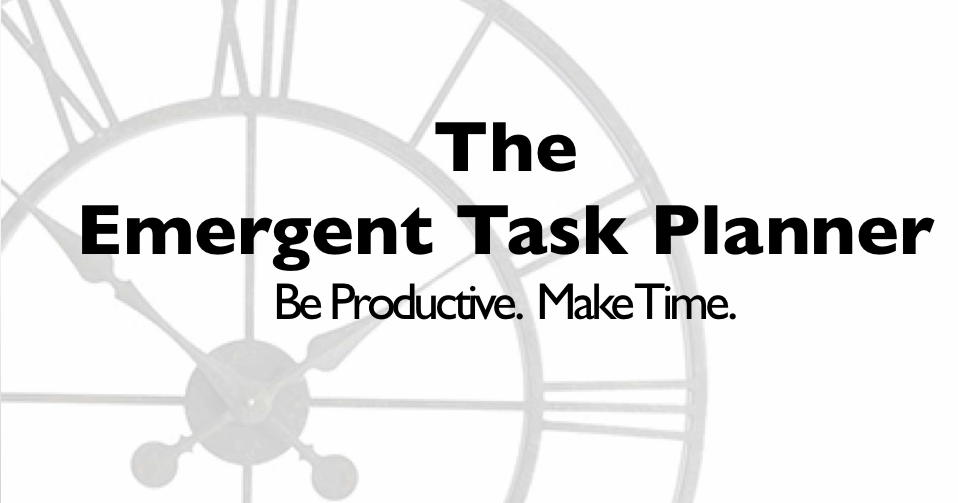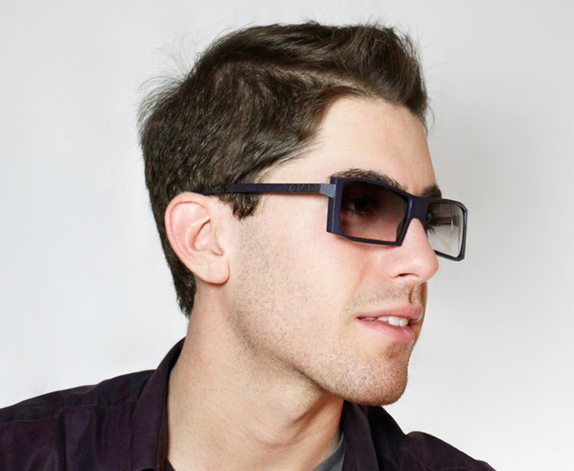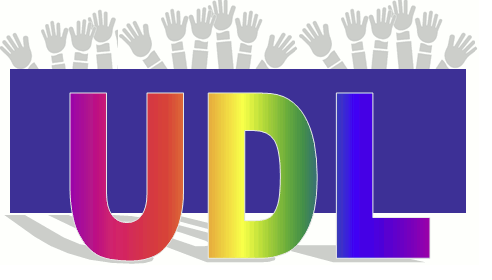A short how-to video explaining how-to use The Emergent Task Planner to be more productive.
Tag: Front Page Slider
Open Conversations
 When working with faculty [or others] who already have an online course/classroom, one of the first questions might be to ask, “How can I help you?”
When working with faculty [or others] who already have an online course/classroom, one of the first questions might be to ask, “How can I help you?”
Starting the conversation this way leads no where. The client I am working with can just say, “I think everything is OK” or “I just don’t know what to do.”
Instead I try to open the conversation with something like: “This is a [insert adjective and noun] here on this page and in this area. How did you come about deciding to add this to your course?
Bam…now, I have paid attention to the professor/client and a rapport can be built. They can talk about their online classroom/situation and we can both discuss what’s working and what might need some tweaking.
When working with professors/clients/whomever, I always listen first and then ask open-ended questions to generate empathy, trust, and most of all, learning…for both sides.
Make Eyewear
About a year ago, maybe longer, I was hunting for a unique wedding gift for some designer friends and happened upon Shapeways: a 3-D printing service. I played around with their online design tools, however opted for a beautiful glass pitcher. David Minich was shopping for eyewear and used Shapeways to create his own business: Make Eyewear. David creates infinitely customizable eyewear. The beauty of rapid prototyping is that you can design just about whatever you want, then print it on demand. What could you make with this type of technology?
Universal Design for Learning
To meet Universal Design principles, educational processes should:
1. Be accessible and fair.
2. Provide flexibility in use, participation, and presentation.
3. Be straightforward and consistent.
4. Be explicitly presented and readily perceived.
5. Provide a supportive learning environment.
6. Minimize unnecessary physical effort or requirements.
7. Ensure a learning space that accommodates both students and instructional methods.
The beneficiaries of Universal Design in education include:
• Students with special needs, including those with disabilities.
• Students with English as a second language.
• The general population of students, all of whom will benefit from the application of Universal Design principles.
A great slide show by Eleonora Guglielman



